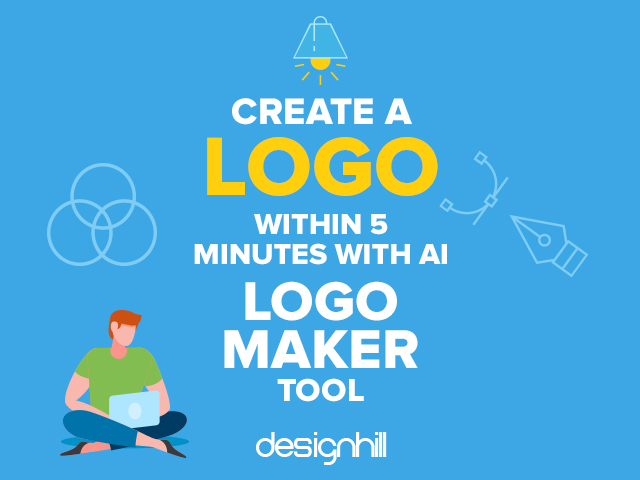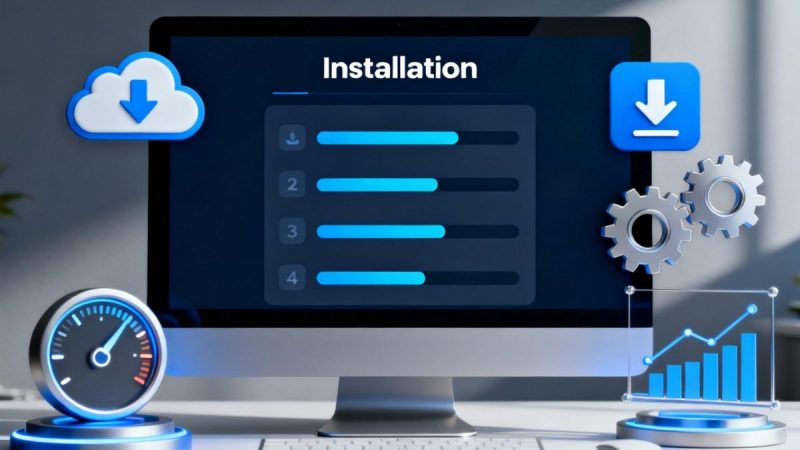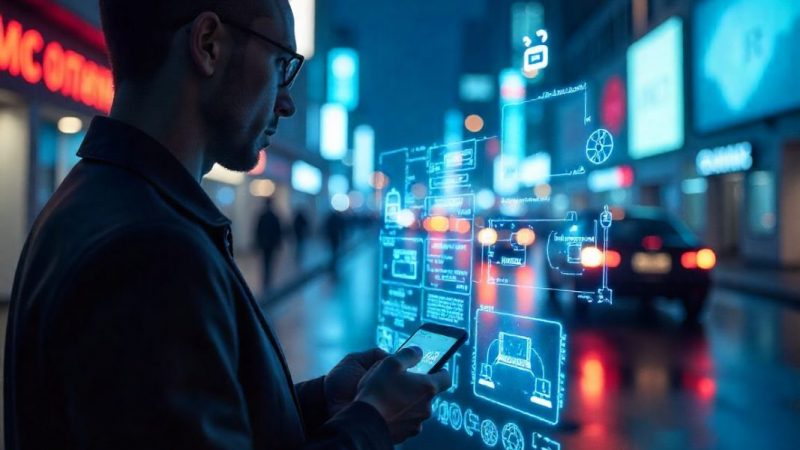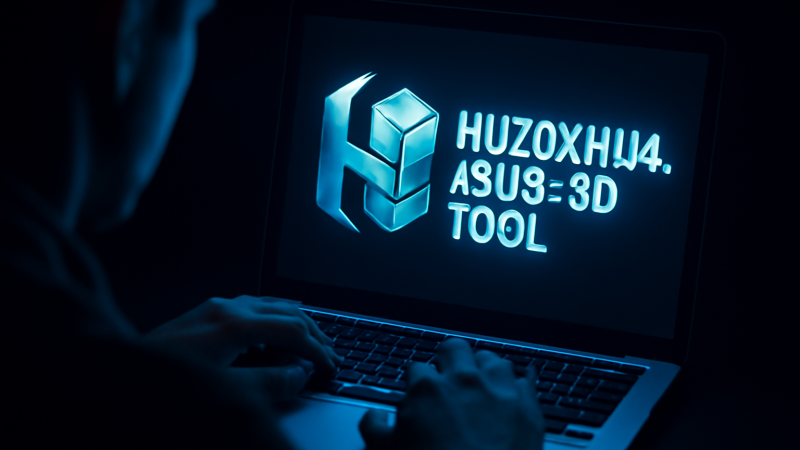Best Ways to Use Logo Generator to Get Your Amazing Design

A logo is a core visual identity that appears on a brand’s products and their marketing campaigns. People start associating some brand characteristics with its logo and are even emotionally attached to it when they see it around frequently.
But designing a logo is a little expensive for small businesses running on a shoestring budget. So, they take a different route, like launching a design contest, which also involves a cost for the business owners. You have to pay hundreds of dollars to the winning designer.
Many businesses, therefore, use a logo generator. This software helps startups and small companies or individuals to cut their costs dramatically on designing their logos. For such businesses, every penny saved matters a lot.
What is a logo generator?
But what exactly is a logo generator? Logo generator, also known as a logo maker, is a DIY software tool. It lets you make your own logo without any professional knowledge or background in doing graphic designs.
All you are supposed to do is select your choice of colors, fonts, icons, images, etc., from a vast library of a logo generator. Then, drop those elements one by one in the set design template to get your logo. Or, you have a blank space to drag and drop colors and other design elements on to give shape to your logo. So, designing a logo on your own is a pretty simple task when using a logo generator.
Why should you use a logo generator?
Besides the ease of creating a logo, here are some other benefits that a logo maker has to offer:
- Customize as you wish – A graphic designer will tweak a logo design only one or two times when a client wants specific changes. But with a logo generator, you can customize your logo and make improvements whenever you want.
- Least expensive – Compared to the costs incurred on hiring a design agency and launching a design contest or hiring a freelancer, the cost is the bare minimum when in the case of a logo generator. Many such logo makers are free, but some of them charge a smaller fee when you download your logo design.
- Save your time – Logo generators are your best tool when thinking of designing a logo urgently. You can go through the design process fast to have the design in a few hours.
- 24x availability– Unlike freelancers or design agencies, a logo generator is available to you all the time. So, you can design a logo on your own when you have the time.
Here are key considerations when using a logo generator to get your customized logo
Name your company appropriately
Before you set out to use a logo generator to create your customized logo, first, make sure that you have picked a suitable company name. That is a crucial first step if the name is part of your logo design. Your target audience will come to know about your company frequently due to the logo.
Therefore, spend a lot of time brainstorming and researching which name will best express your business. A new business should instantly convey what it is all about. Having the right name of your company is also crucial, as it would not be wise to redesign your logo after a few years if you change the name for the better.
Decide on your brand personality
Your brand personality is the type of business you run. For example, if your target customers are children, you will incorporate some fun elements in your logo design. This is because your company wants to project the fun-filled personality of the business. For example, many sports brands come under this category.
Similarly, if you deal in financial matters, make electronic items, or are in the knowledge industry, yours is a serious brand personality.
You will keep your brand’s personality in mind when selecting colors, fonts, etc., while using a logo generator to design your logo on your own. Random design elements will lead nowhere, and people will get no message while glancing at such a logo.
Know the elements that make your visual identity
As has been mentioned above, a logo is a core identity of a business. Your logo will be visible everywhere in your advertisements and marketing campaigns. But its impact will depend on the choice of the right colors, typeface, images, etc. When people see those elements routinely, they identify your logo and brand.
So, decide on the colors, fonts, etc., that should be your brand’s visuals. Want to incorporate red color, or should it be green or yellow, or purple? When determining a color scheme, consider the emotions your logo should evoke. For example, if you are starting a fast food business, red may be a good choice of color as it stimulates passion, excitement, and energetic behavior among young people.
Similarly, find out which fonts can best express your brand personality. Is it sans serif or serif type of font or a classical handwritten style that best suits you? You should also decide on the shape such as triangular, square, circular, and triangular. Considering these elements well in advance will help you design your logo while creating a logo using a logo generator.
Compare different logo generators
Each logo generator comes loaded with some standard and unique features. So, compare their features and settle for the easy to use and helps in customizing your logo.
While comparing different logo generators, find out how user-friendly it is and how quickly can you create the design. You will come to know that some of the tools are complex to handle for first-time users. Compare them for their ability to let you customize your logo with ease.
Compare logo generators also for how much they cost when you need to download your logo design. Some of these tools are free, while others charge a few dollars to download.
So, a better approach is to use different logo generators and see which one gives you the best results of your efforts to customize your logo.
Conclusion
Small business owners, startups, and individuals can create a logo on their own by using a logo generator without any prior experience. But first, decide on your company name, brand colors and other elements, brand personality, and compare different logo creator tools for their features and costs.






